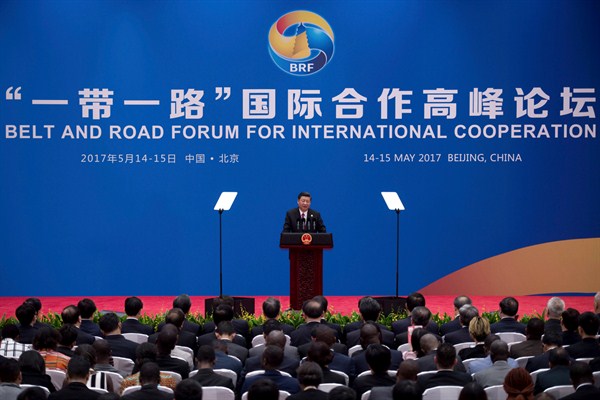Like the United States before it, China has grown past the narrow pursuit of short-term gains as its economic influence has expanded across the Eastern Hemisphere, if not the world, for most of this century. Emboldened by this growth, but also compelled to look for new markets to supplement its own cooling economy, China is now using this influence to build a global economic network for trade and development, with itself as the driver.
The grand “One Belt, One Road” initiative, known as OBOR, which President Xi Jinping unveiled in 2013, has been touted as the blueprint for this new global vision from China. Beijing’s aspirations are clear in its claims to want to reshape world commerce through new trade routes and transportation links.
Last month, leaders from over 50 countries gathered in Beijing to discuss what this new world could look like and how the plan, according to Chinese officials, will unfold. Yet even as China gears up to rain hundreds of billions of dollars on projects spanning Asia, Europe and Africa in the years ahead, it is far from clear what its vision is, or how it will make this plan a success.

